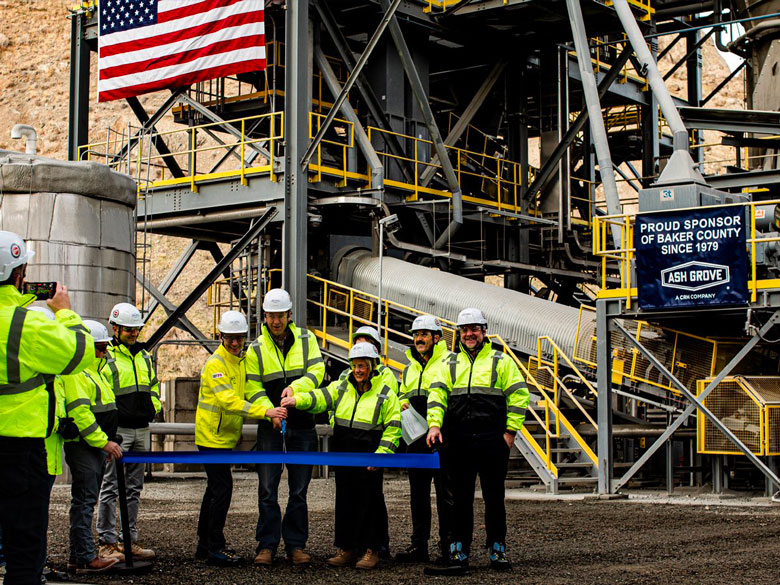Third-party testing confirms that Sublime Systems’ ultra-low carbon cement exhibits performance properties matching or exceeding ASTM C1157, Standard Performance Specification for Hydraulic Cement benchmarks.
Obtaining the ASTM designation enables Sublime Cement to be used compliantly under major U.S. and international building codes, unlocking a path for it to replace ordinary portland cement (OPC) at scale and massively lower the carbon output of global construction infrastructure.
Sublime Systems’ fossil-fuel-free process replaces legacy kilns with an electrochemical approach that produces cement at ambient temperature and uses renewable electricity to extract calcium and silicates from a diversity of non-carbonate raw materials. Sublime Cement fosters a “true-zero” carbon approach as opposed to net zero — the latter premise typically hinging on emissions offsets or carbon capture and storage infrastructure.
“Sublime was founded to have a swift, massive and enduring impact on global CO2 emissions, and we’ve designed our process to avoid CO2 at every step, rather than polluting and cleaning up afterwards,” said Sublime Co-Founder and CEO Leah Ellis, PhD. “At the same time, we take our responsibility in manufacturing a next-generation product very seriously – we need to make a high-performing cement that is safe and easy to adopt. Data-driven performance-based standards, like ASTM C1157, allow us to solve the right problems: safety and carbon avoidance, rather than adherence to a legacy recipe. Passing the ASTM C1157 standard is an important milestone in showing that Sublime’s low-carbon cement innovation integrates into the same quality concrete building material that the construction industry requires.”
Sublime is currently conducting additional tests measuring its cement’s performance in concrete through third-party ready-mix concrete labs and in-field use cases. Sublime’s operational pilot facility has a current design capacity of 100-plus tonnes of cement per year, and the company is commissioning its first commercial plant for 2025.



